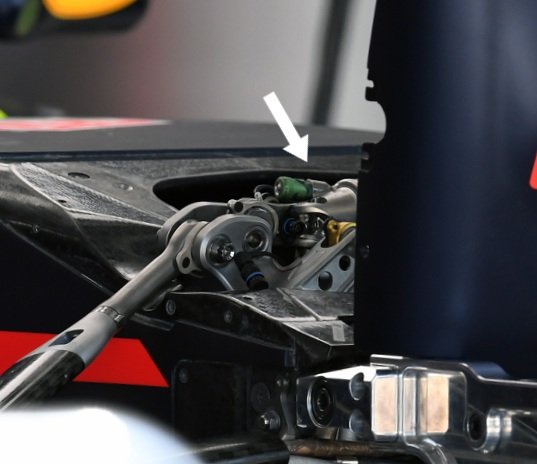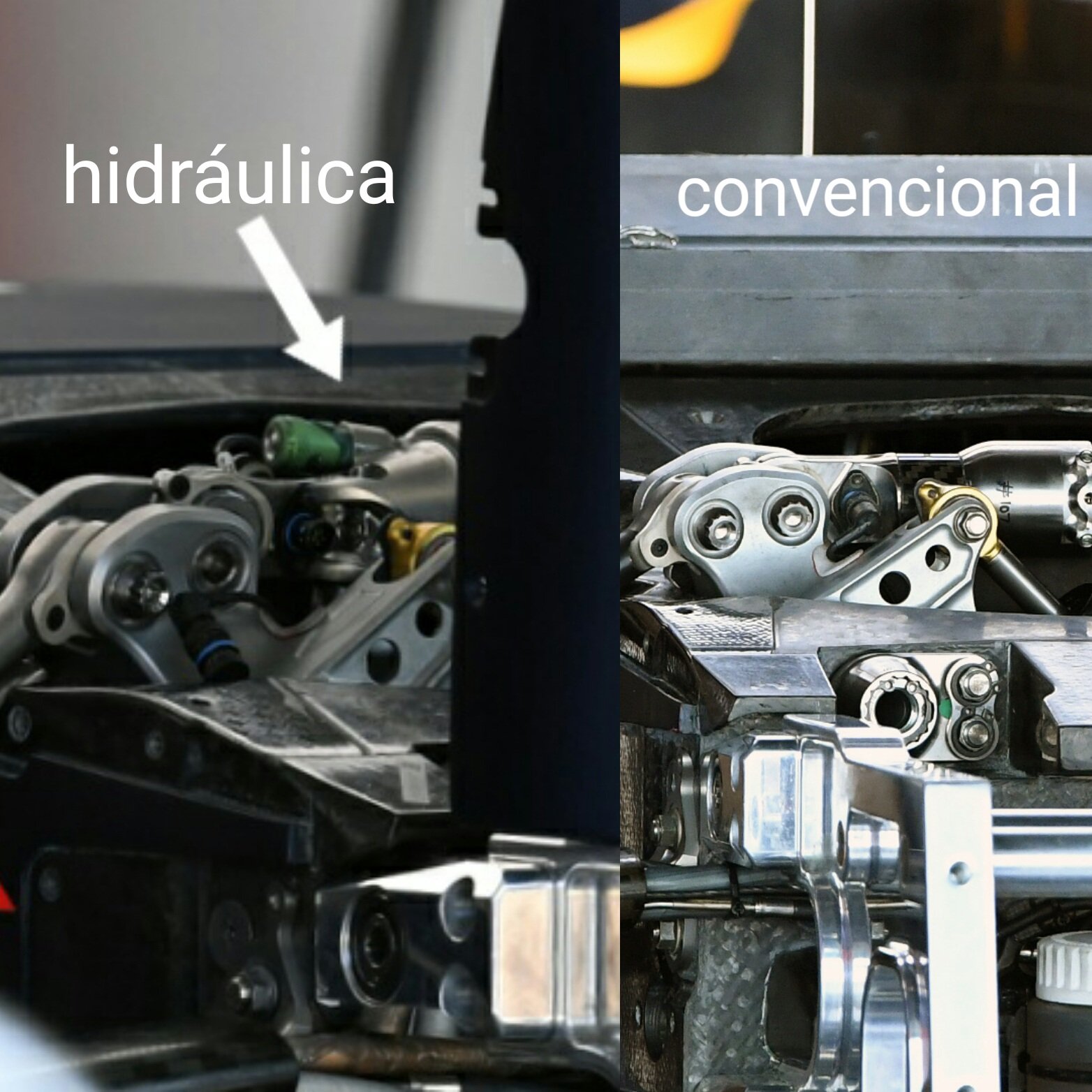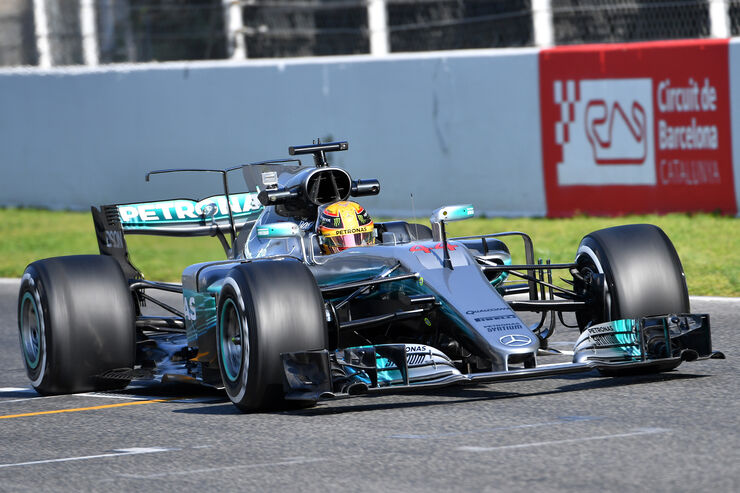I really don't know, but there were clues:bill shoe wrote:This goes a bit off-topic, but why did the 1987 Lotus 99T car get its butt kicked by the 1987 Williams? ... Any other insights into what exactly made the 99T weak? It only won on the two street circuits (Monaco and Detroit).
The active system was designed by Lotus Engineering/Cranfield and installed in the vehicle by Team Lotus, who were responsible for the geometry. For the first three tests the car had a mind of its own - until we discovered that the front geometry was massively non-linear, and the set-up procedure meant that the front suspension motion ratio was set more or less randomly between 1.2 & 2.0. Then things settled down, but we still struggled to find a set-up that Senna liked.
In the end we gave him a lateral balance control under his right foot (understeer proportional to longitudinal acceleration). It kind of worked. It was the only change made that I didn't first validate (I normally ran a road car with the F1 code installed) - inevitably, I got the sign wrong and gave him massive oversteer. Curiously, he stayed out for several laps and arrived back with a smile and an intact car...so much for car control...
On one occasion, the Team arrived with a new rear wing that generated "19% more downforce". In the event, downforce changed by less that 2%, but longitudinal acceleration was affected, & Senna claimed that he couldn't get the car to turn-in.
Once settled the car ran reasonably competitively, winning the two events where a "proper" car wouldn't be expected to work. However, he should also have won at Monza (a low down-force circuit) but fell off when in the lead overtaking a lapped vehicle. He finished second (he said later that the active system threw him off, but then allowed him to recover). There was nothing obvious in the data. He did reasonably well at Imola (with two massive chicanes which he did like & one high speed corner he didn't) - a first or a close second was in prospect until a leak caused him run with no hydraulic fluid for 5-6 laps - but he did finish...
Later, in Mexico, a cold start after a red flag suggested that we were not working the tyres hard enough, perhaps caused by us or tyre developments.
You might conclude that we didn't know what we doing (true), that dividing responsibility was not the best idea (also true), that we started well, but finished poorly (clearly), and our collective understanding of aerodynamics was rather primitive (definitively).
I can't talk about the 1988 car. It ran with Team's active system.










